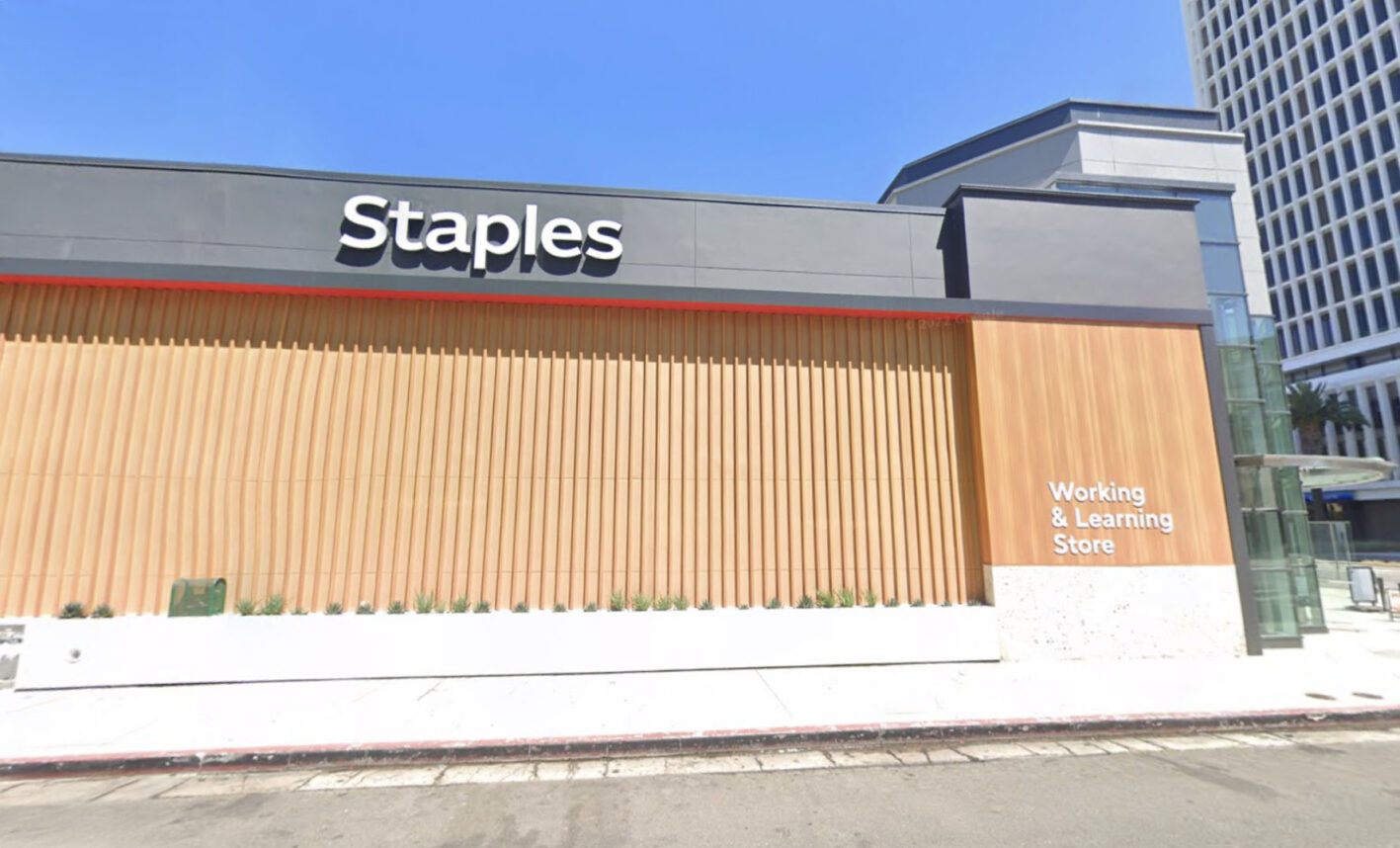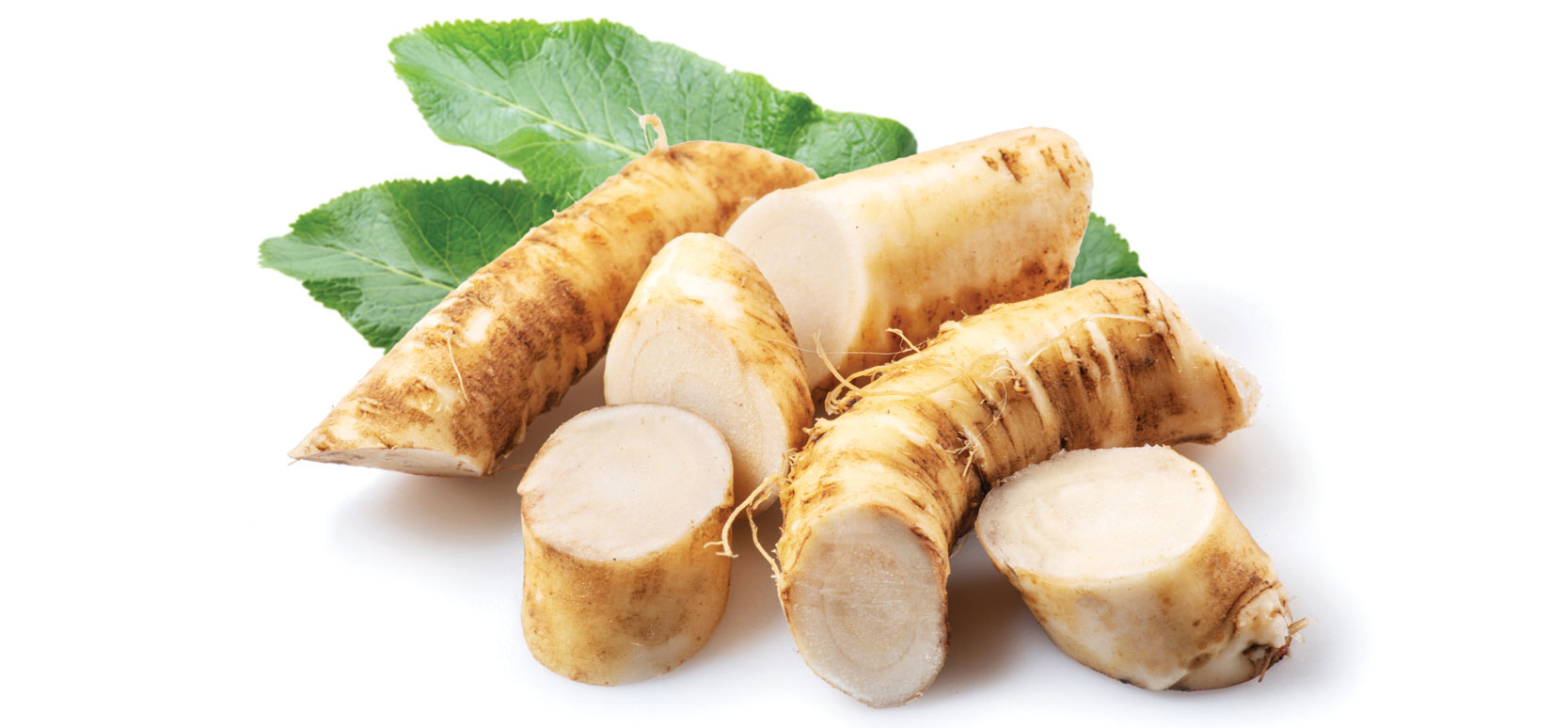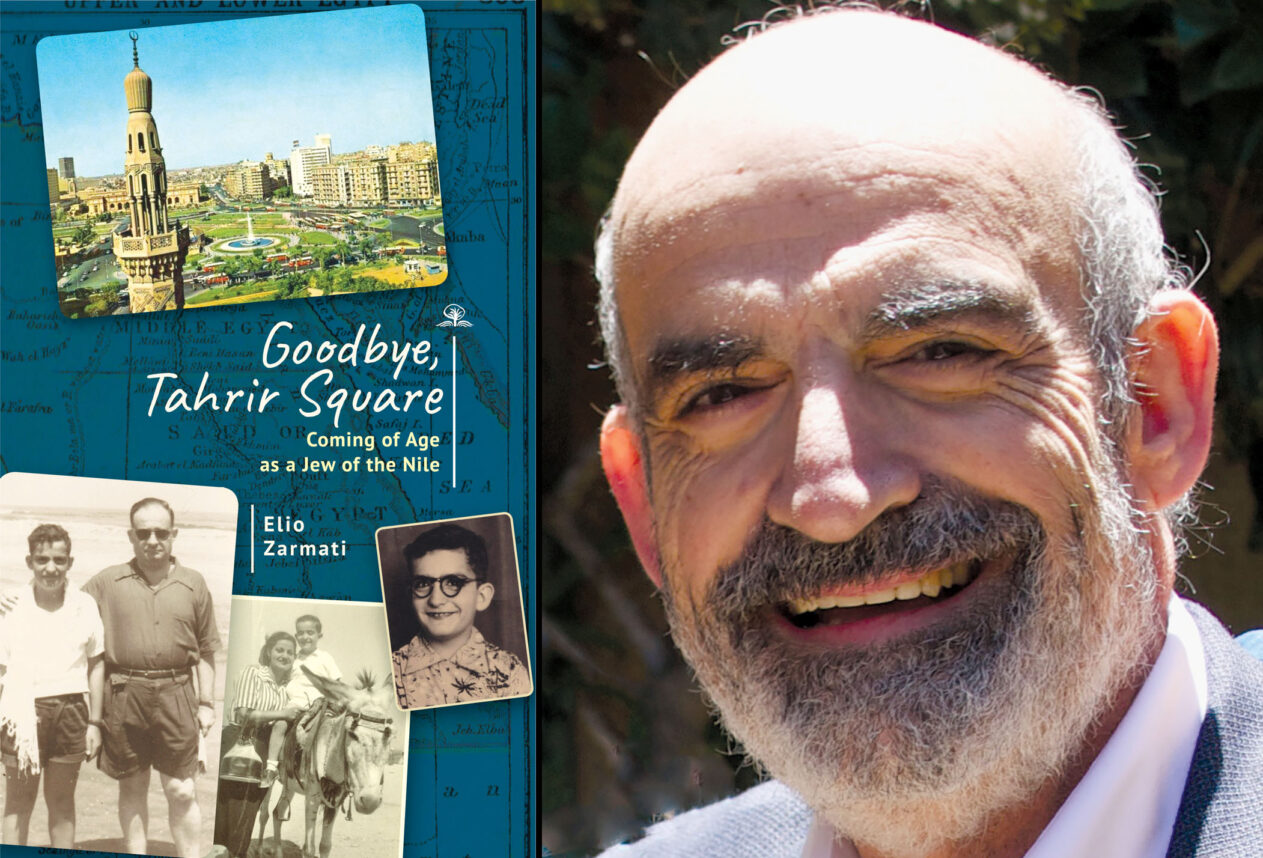
All cooks have their pet peeves. I have only one such gripe: bad hummus. Really, chefs, hummus is not hard to make. I don’t want it runny or flavorless or chunky or red or green or covered with goji berries. When it comes to hummus — please, for all that is holy and good in this world — if you have hummus on your menu, learn how to make it.
I can’t begin to tell you how many times in the past few months in New York City, of all places, I’ve had bad hummus. Bad hummus is an affront to good hummus and to all that is good about Middle Eastern food. I even had bad hummus at an Israeli restaurant — a highly rated one. I’ve had bad hummus at a Turkish and Lebanese restaurant, and I’ve had bad hummus out of a container by a “good” Israeli brand (don’t call yourself Sabra). It’s almost insulting. And it doesn’t have to be this way.
Bad hummus is an affront to good hummus and to all that is good about Middle Eastern food.
Like all simple food of the Mediterranean variety, hummus is greater than the sum of its parts, and its parts are few but flavorful; chickpeas, tahini, salt, lemon juice, garlic, a glug or two of olive oil to serve. Good — scratch that — great hummus is humble and unpretentious, but you must follow a few simple rules. After the chickpeas are cooked — and I’m not a bit opposed to canned chickpeas — you are about eight minutes away from fantastic hummus.
I’ve often wondered why this superfood is so difficult for people to make well. After all, I’ve been to many parties where it was served, and I’m shocked by what people think hummus is. Hummus (pronounced who-moose not hum-us) is a very common food in the Middle East and all over the Levant.
One can argue where hummus came from, but this is not something we argue about in Israel. Unsurprisingly, the oldest and most popular hummus places in Israel (such as Khalil in Ramle, Said and Issa in Acre, Lina in Jerusalem) are run by generations of Arab Israelis. In Israel, we smoke the peace pipe over hummus, and if you ask an Israeli where to find the best hummus, most will tell you it’s an Arab joint.
In the early 2000s, hummus became all the rage in the United States, spreading its vegan appeal until it became a billion-dollar industry. It can be found in roughly 30 percent of all refrigerators around the country. Still, due to its highly perishable nature, hummus makers have to use preservatives to give their hummus a longer shelf life. They try to cover up those unnatural tastes with strongly flavored additives like jalapenos or red pepper, hot sauce or, in some cases, even chipotle, pesto or sun-dried tomato.
Don’t misunderstand, I don’t have anything against the flavored hummus industry. It’s just that I am convinced it is one of the reasons consumers’ palates in the U.S. don’t understand what, for lack of a better word, “real” hummus is supposed to taste like.
Israeli- and Arab-style hummus is an exercise in humble simplicity and balance. What differentiates great hummus from one that is not so great can be summarized as follows:
Texture — We want our hummus smooth and fluffy unless it’s “msabbaha” (which means swimming in), a version of deconstructed hummus where the chickpeas are left whole and cooked for 24 hours and served warm, swimming in a pool of the tahini they were cooked in.
“Rather than argue over the origins of hummus, Israelis prefer to argue over
who makes it best.”
Appearance — Hummus should be light in color and more toward the creamy, light off-white — not brown — unless it’s topped with ful (fava beans), or you’ve ordered a “meshulash” (a triple), which contains hummus topped with whole hummus and ful.
Tahini — In Israel, hummus is made with a lot of tahini, a paste made of ground sesame seeds (tahana is the Arabic word for “to grind”) and a good quality one, not over-roasted, bitter tahini.
Lemon juice — Fresh lemon juice is used in Israel – not the kind of juice that comes out of a plastic lemon-shaped container.
Toppings — All hummus gets a handsome sheen of olive oil in Israel and sometimes whole beans, parsley or paprika, cumin or schug (spicy Yemenite chile sauce). It is not adulterated by guacamole or carrots or pine nuts. That said, many eat hummus with a hard-boiled egg on top.
Temperature — Good, fresh hummus in Israel is, by definition, warm. The best places in Israel make a huge batch in the morning and close when it runs out. In my café, I serve hummus cold because this is the way Americans have learned to eat hummus, but I advise customers to let it come to room temperature before they eat it.
Sides — In Israel we “wipe” hummus with fresh, chewy pita, of course, but that tends to get a bit heavy on the stomach. We also use white onions as little scoops to eat our hummus. Onion breath notwithstanding — the flavor combo is nothing short of miraculous.
In Israel, where hummus is eaten almost daily, there is no shortage of competition in the hummus arena, but rather than argue over the origins of hummus, Israelis prefer to argue over who makes it best.
Here is my recipe and technique for making hummus at home, the recipe I use in the café or would whip up for company and gladly eat every day of the week if it wasn’t so darn caloric (25 calories per tablespoon without the accompanying pita!)
ISRAELI STYLE HUMMUS WITH TAHINI
1 cup dried chickpeas (the smaller, the better; pea sized is best, and the
Bulgarian variety is excellent)
Or 3 28-ounce cans of chickpeas, drained
2 teaspoons baking soda
1 bay leaf
5 tablespoons lemon juice, freshly squeezed
4 large garlic cloves, unpeeled
4 tablespoons ice water
1 cup light-roast tahini (In the U.S.,
Soom is best)
1 1/4 teaspoons sea salt (or to taste)
1/4 cup ice cubes
8 tablespoons good quality olive oil (to serve)
Parsley, paprika or cumin, to serve (optional)
Soak chickpeas overnight in a large bowl covered in double their volume of cold water. The next day, drain the chickpeas in two changes of water place, and place in pot. Add bay leaf, baking soda and water to cover. Stir and remove any foam that rises and bring water to the boil.
If chickpeas are fresh, they may need to cook for approximately 30 minutes, if older, up to an hour. The chickpeas are cooked when you can press one between your fingers, and it breaks easily. If using canned chickpeas, wash and drain them but still boil them with a bay leaf and baking soda until they are soft. This will get rid of the “can” taste. Drain the chickpeas well and discard the bay leaf (there should be about 3 cups.)
In a food processor or Vitamix blender, process the lemon juice and unpeeled garlic cloves for 30 seconds. Let sit for 2 minutes and then strain out garlic, putting the garlic infused juice into the blender.
Add the still hot, well-drained chickpeas and process until smooth. Add a few tablespoons of cold water, tahini and salt, and process a few more minutes. Add the ice cubes and process until hummus is very light in color and perfectly smooth. Taste and adjust for salt or lemon or thin out with another tablespoon of cold water at a time until the consistency of a thick milkshake. This takes a full 5 minutes.
Serve warm, or room temperature on plates drizzled with olive oil and dusted with parsley and paprika or cumin.
Makes about 4 servings.
Yamit Behar Wood, an Israeli-American food and travel writer, is the executive chef at the U.S. Embassy in Kampala, Uganda, and founder of the New York Kitchen Catering Co.
























 More news and opinions than at a Shabbat dinner, right in your inbox.
More news and opinions than at a Shabbat dinner, right in your inbox.